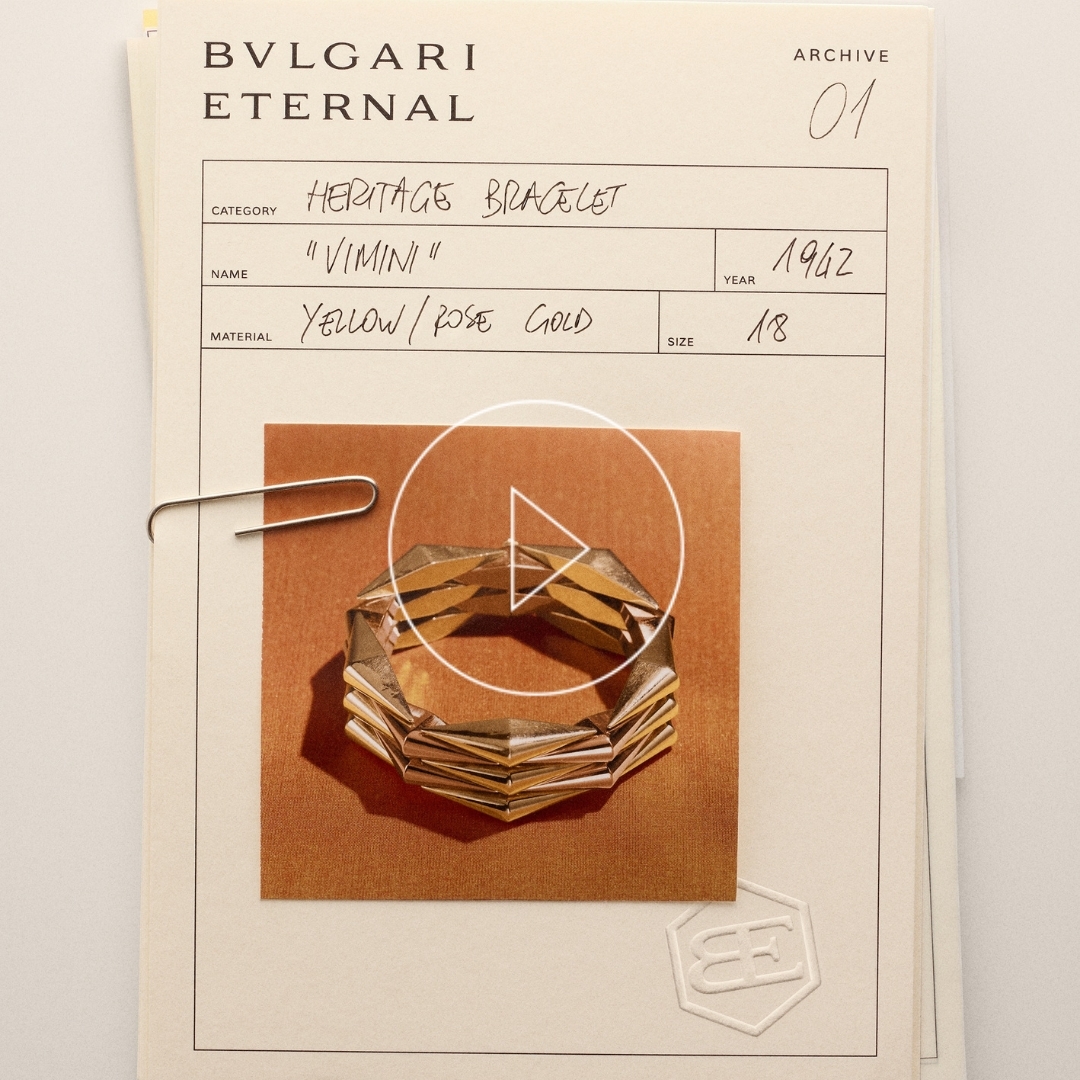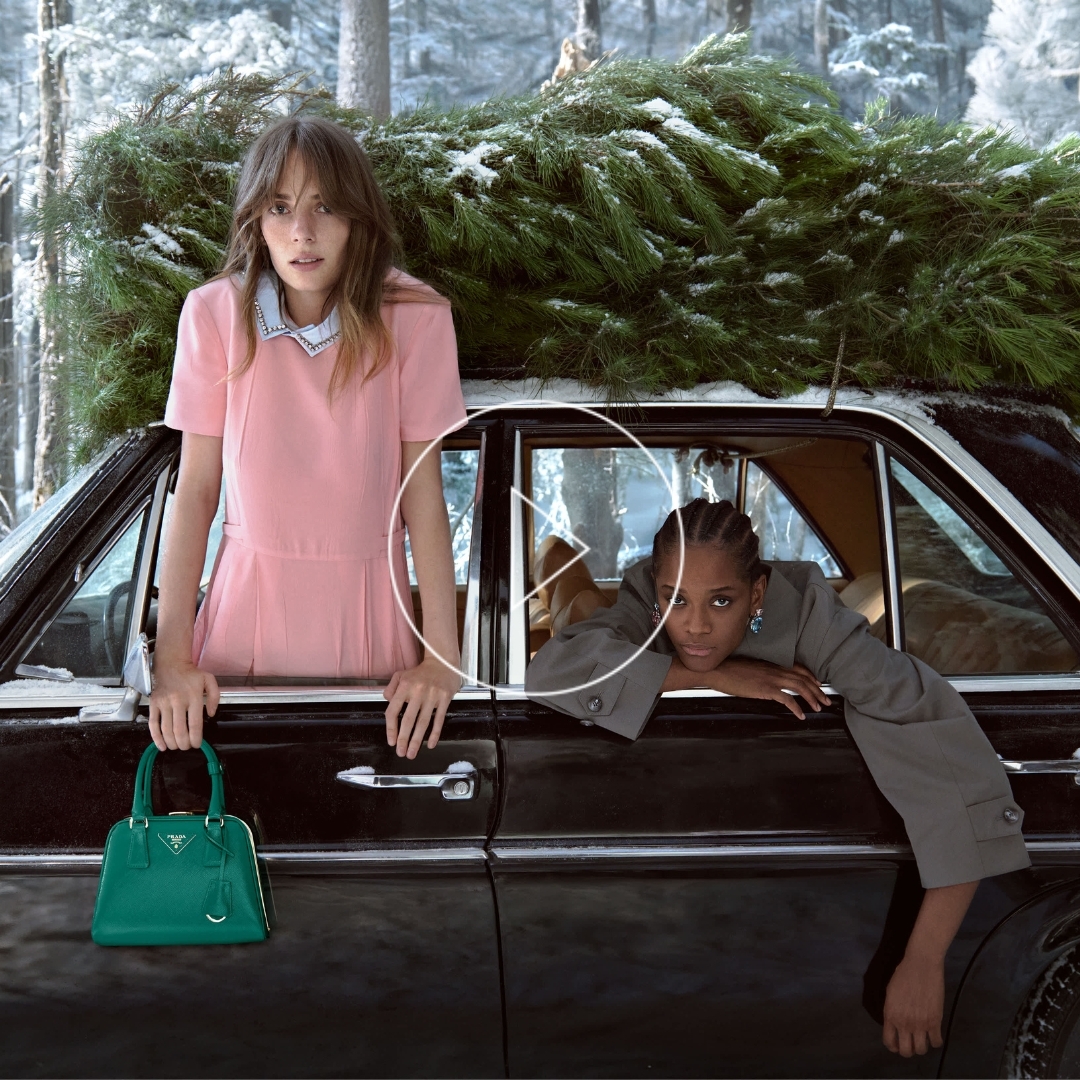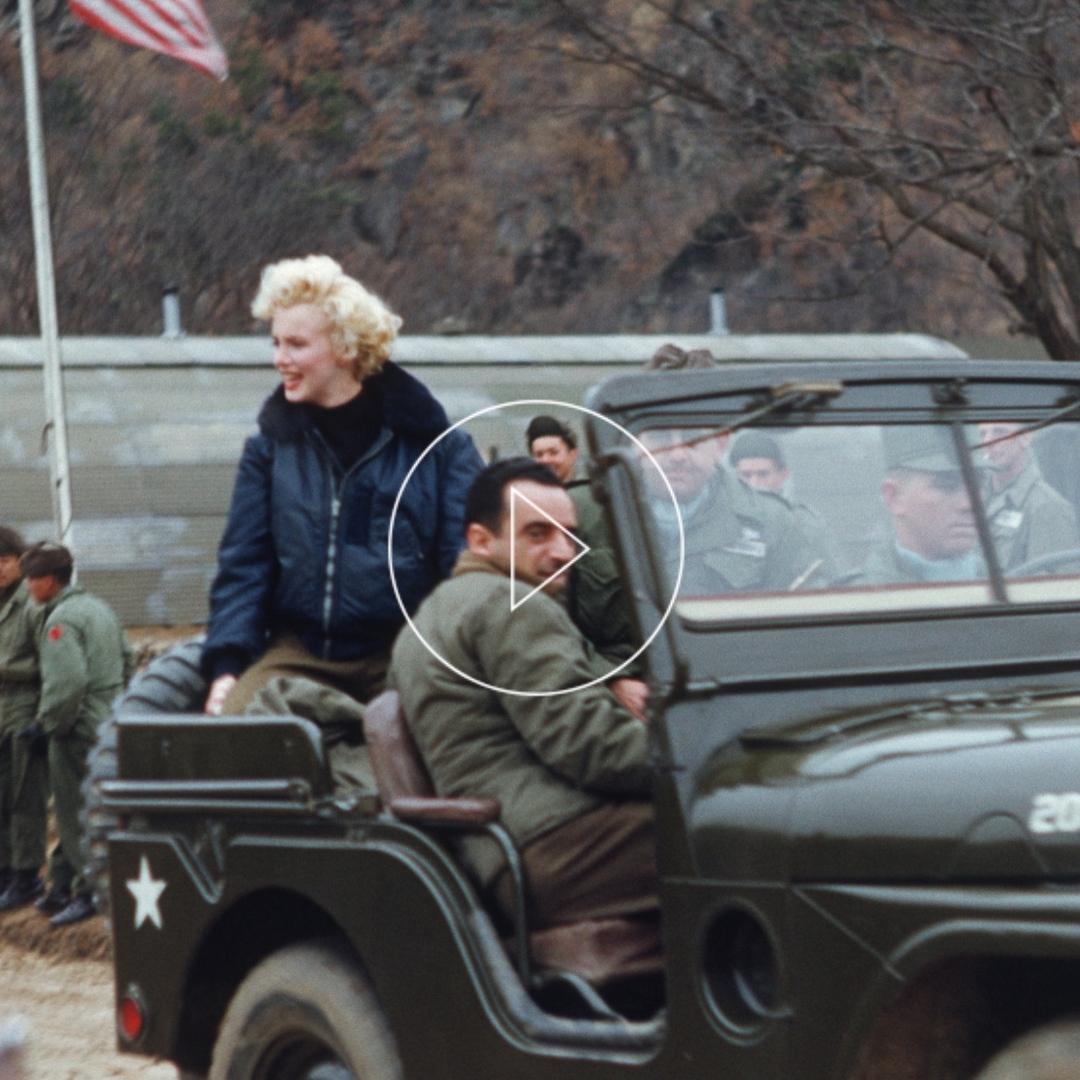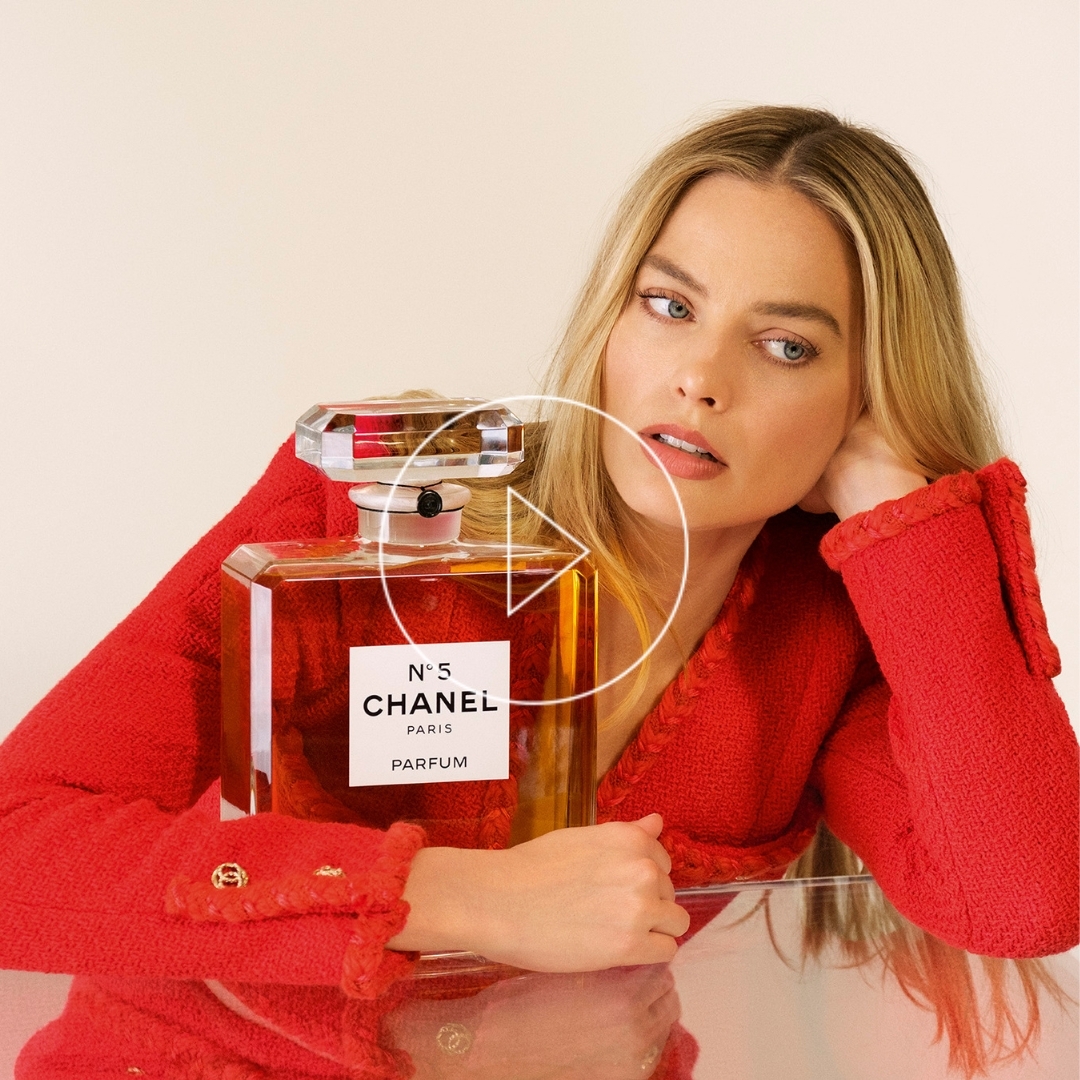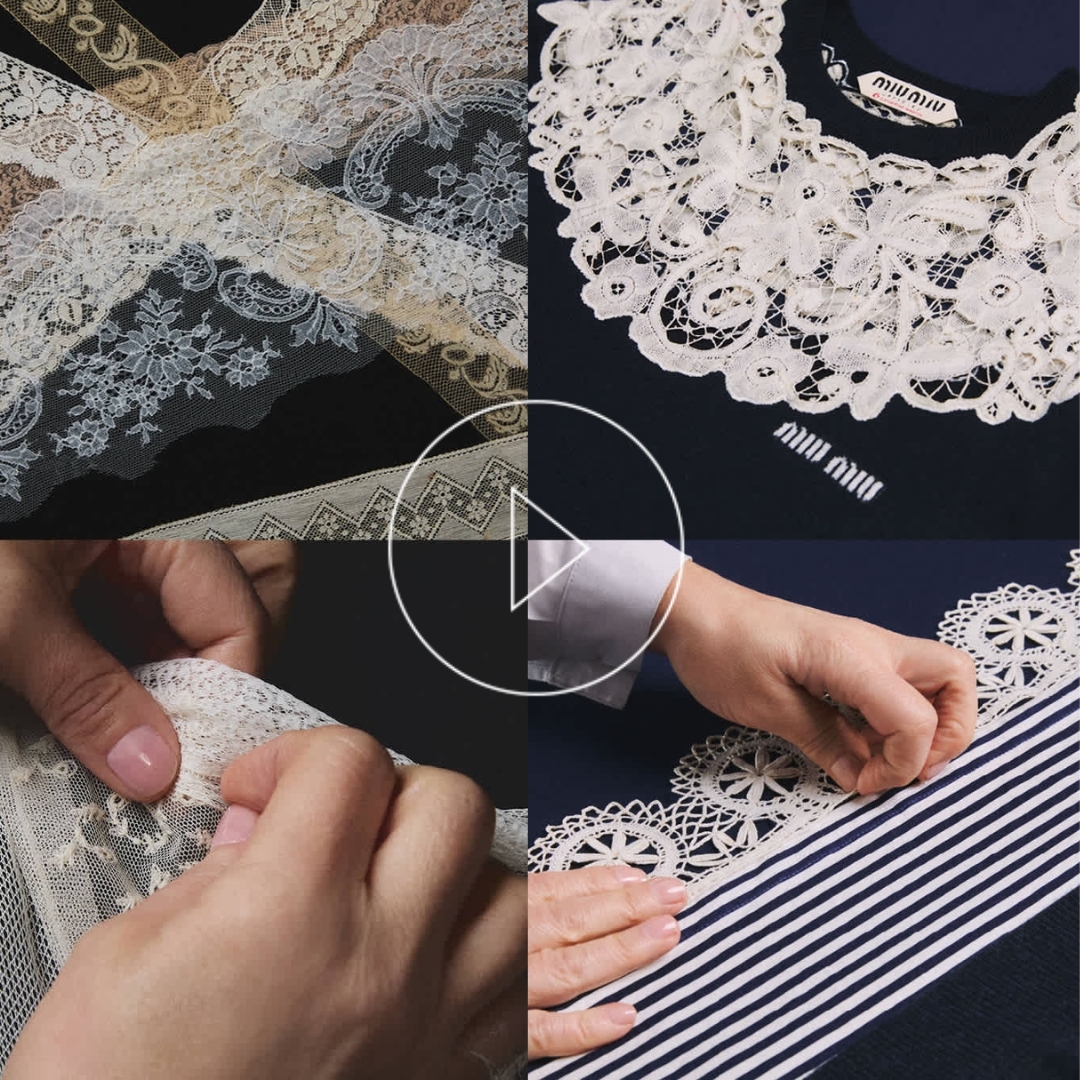Cashmere, Merino & Shetland: How to Choose the Perfect Pullover
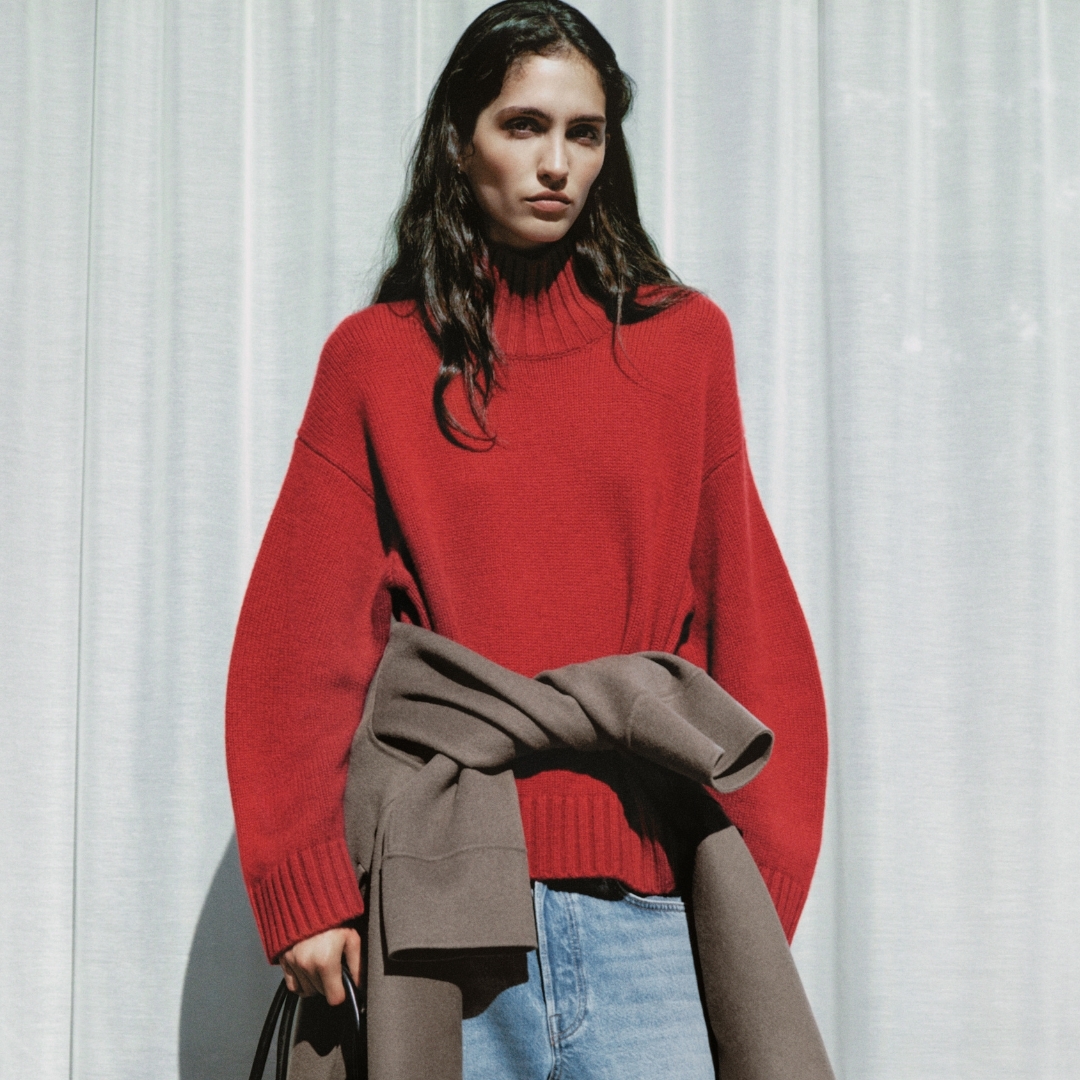
Ah, the luxurious world of natural yarns: Cashmere, Merino, Shetland and Mohair. Once reserved for couture houses and old-money wardrobes, these fibres have made their way into the mainstream. Today, even your favourite high-street brands offer jumpers in these once-elite materials.
Of course, you’ll pay more than you would for a polyester blend, but the difference in touch, warmth and longevity is worlds apart. Still, before you hit add to basket, let’s take a closer look. Understanding the origins and making of Cashmere, Mohair, Shetland, and Merino can turn your next purchase into a conscious act of fashion intelligence.
Our editors independently select all products featured on Notorious-mag. However, we may get a commission when you purchase through some of our links.
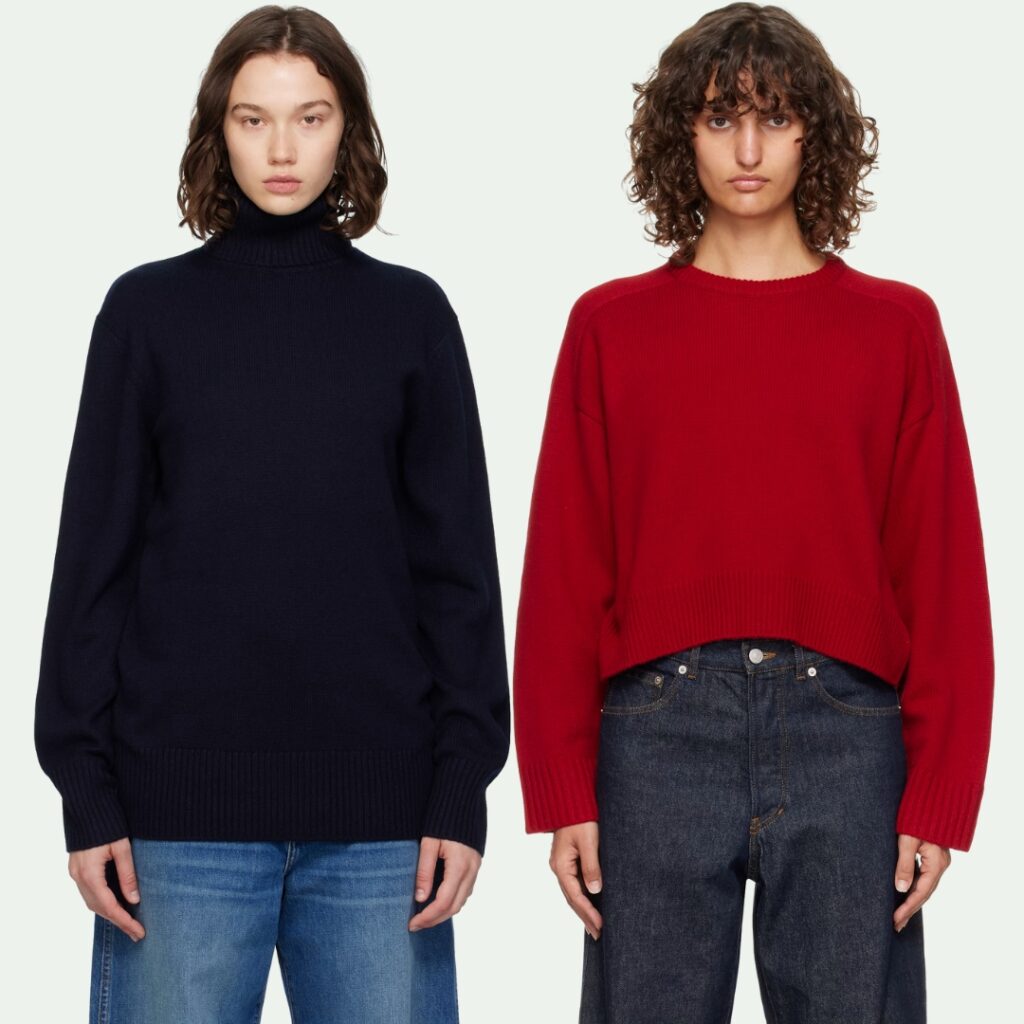
Toteme Turtleneck Cashmere Loulou de Saison Boxy Red Cashmere
Wool vs Hair: What’s the Difference?
Here’s a fun fact: Cashmere and Mohair are not technically wool. Surprised?
Wool refers strictly to fibres from sheep, like Shetland. Fibres from other animals, such as goats or alpacas, are categorised as hair. It’s a small distinction, but one that makes a world of difference in texture and performance.
Cashmere — The Most Desired of All
Cashmere comes from the ultra-soft undercoat of the Kashmir goat, native to Mongolia, China and the Gobi Desert. Each spring, the goats naturally shed their winter coat, and herders carefully collect the fine underlayer by hand with combs, a slow, sustainable process that can take up to two weeks.

Pullover and Cardigan from COS AW26
Only a quarter of each goat’s fleece is usable, and it takes fibres from two to four goats to create a single cashmere jumper. No wonder it’s a luxury.
In some regions, however, the goats are shorn instead of combed, mixing the soft undercoat with coarse guard hair, which lowers the quality. So, if you’re wondering why one cashmere pullover costs €120 and another €600, that’s your answer: it’s all about the method and the ethics behind it.
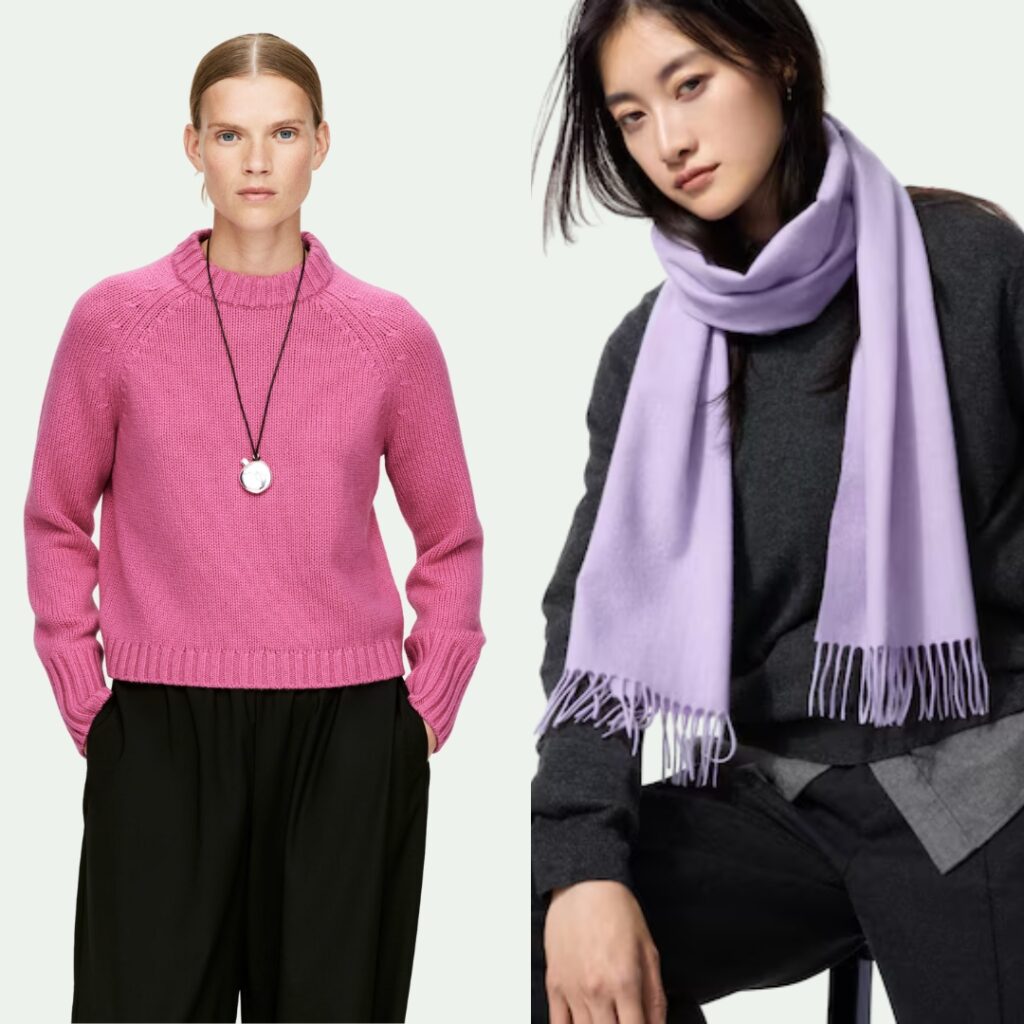
Arket Chunky Pullover and Uniqlo Soft Scarf
Mohair — The Eclectic Softness
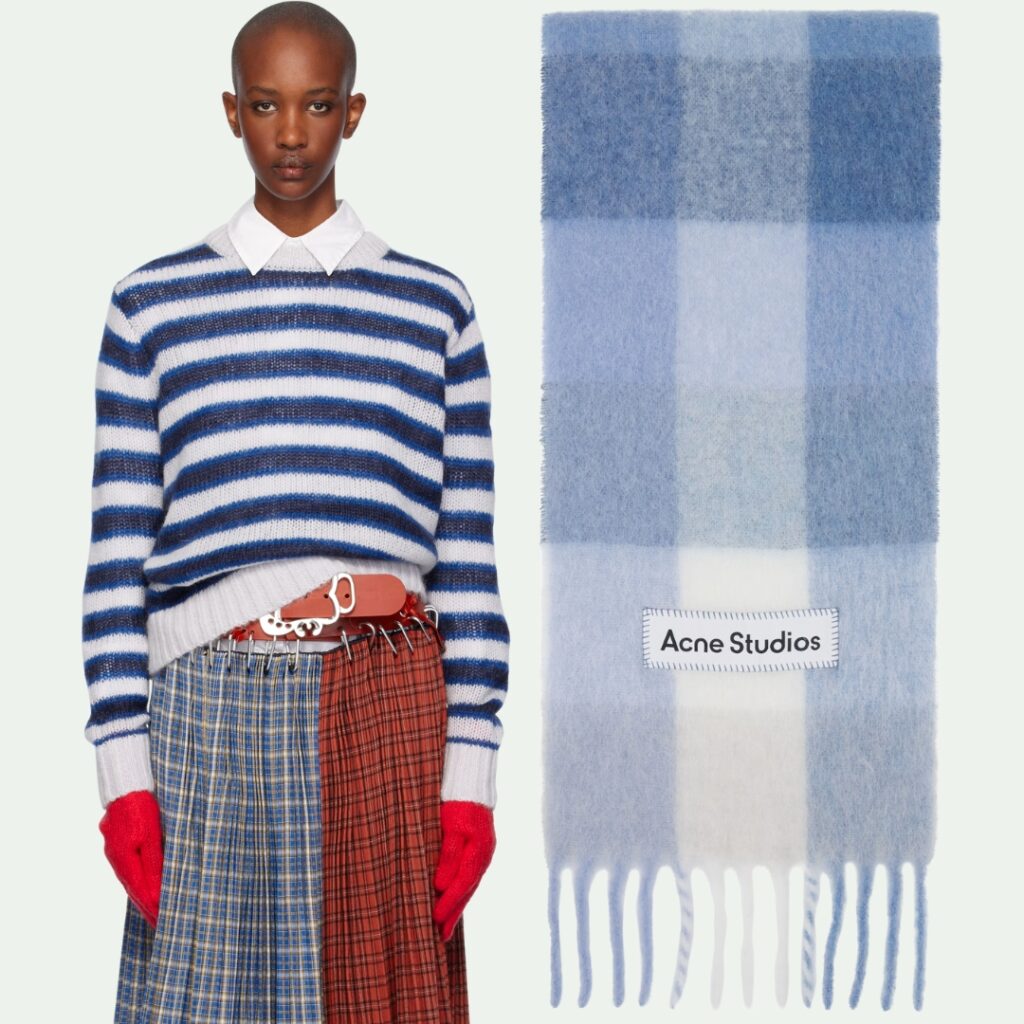
Charles Jeffrey LOVERBOY Blue & White Mohair Gloves Sweater and Acne Studios Mohair Scarf
Mohair is the undercoat of the Angora goat (not to be confused with the Angora rabbit). Light, silky and lustrous, Mohair is known for its insulating and moisture-wicking properties; cool in summer, warm in winter.
Most Mohair comes from South Africa and Texas, where goats are shorn twice a year. Its natural elasticity makes it ideal for statement knits that hold their shape beautifully, and last forever if you care for them properly.
Shetland — Strength and Tradition
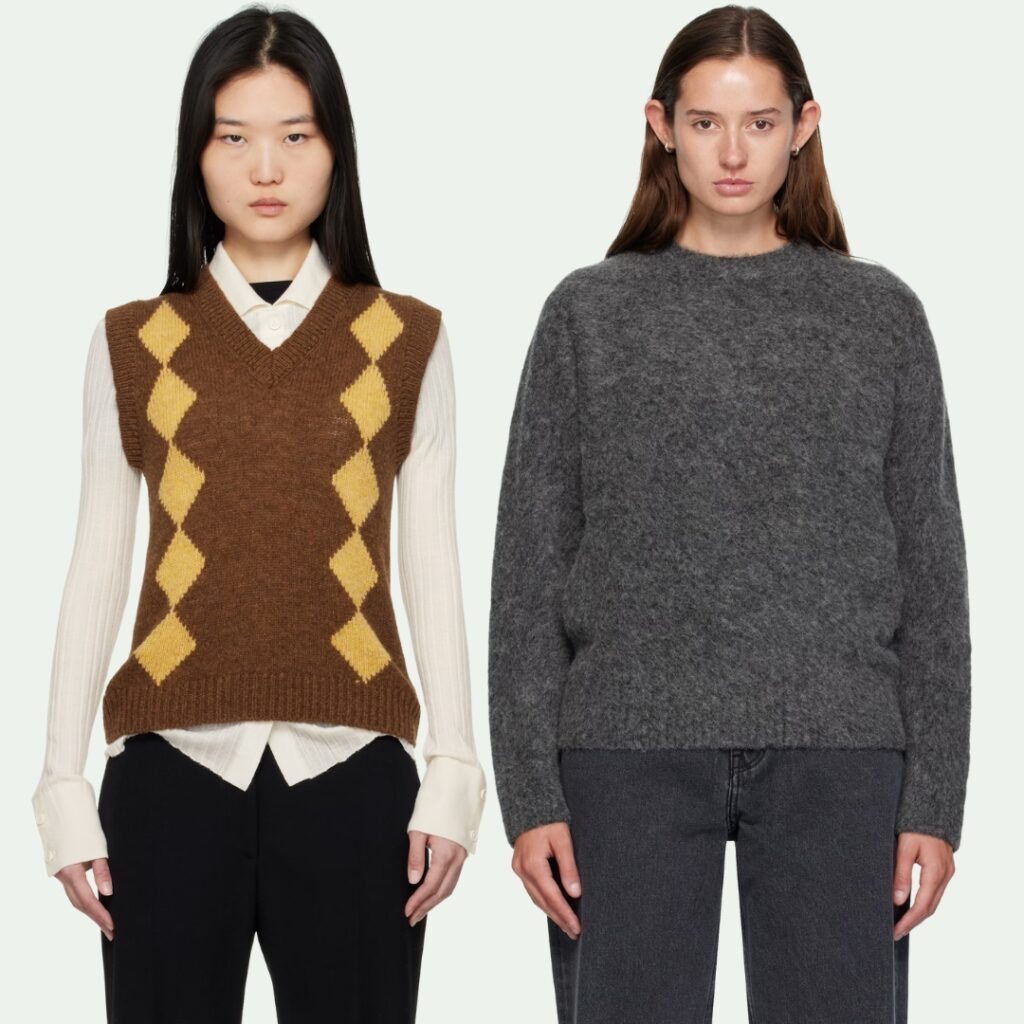
&Daughter Argyle Vest Coor Grey Alpaca Pullover
Shetland wool comes from the hardy sheep of the Shetland Islands in Scotland. The dense, warm fibre evolved to resist the island’s cold, damp climate, and brings that rugged resilience to your wardrobe.
These sheep are shorn once a year, and since 2010, the global wool industry has followed the Dumfries House Wool Declaration, committing to strict animal welfare standards. So, when you wear Shetland, you’re wearing centuries of craftsmanship and care.
Merino — The Softest Wool of All
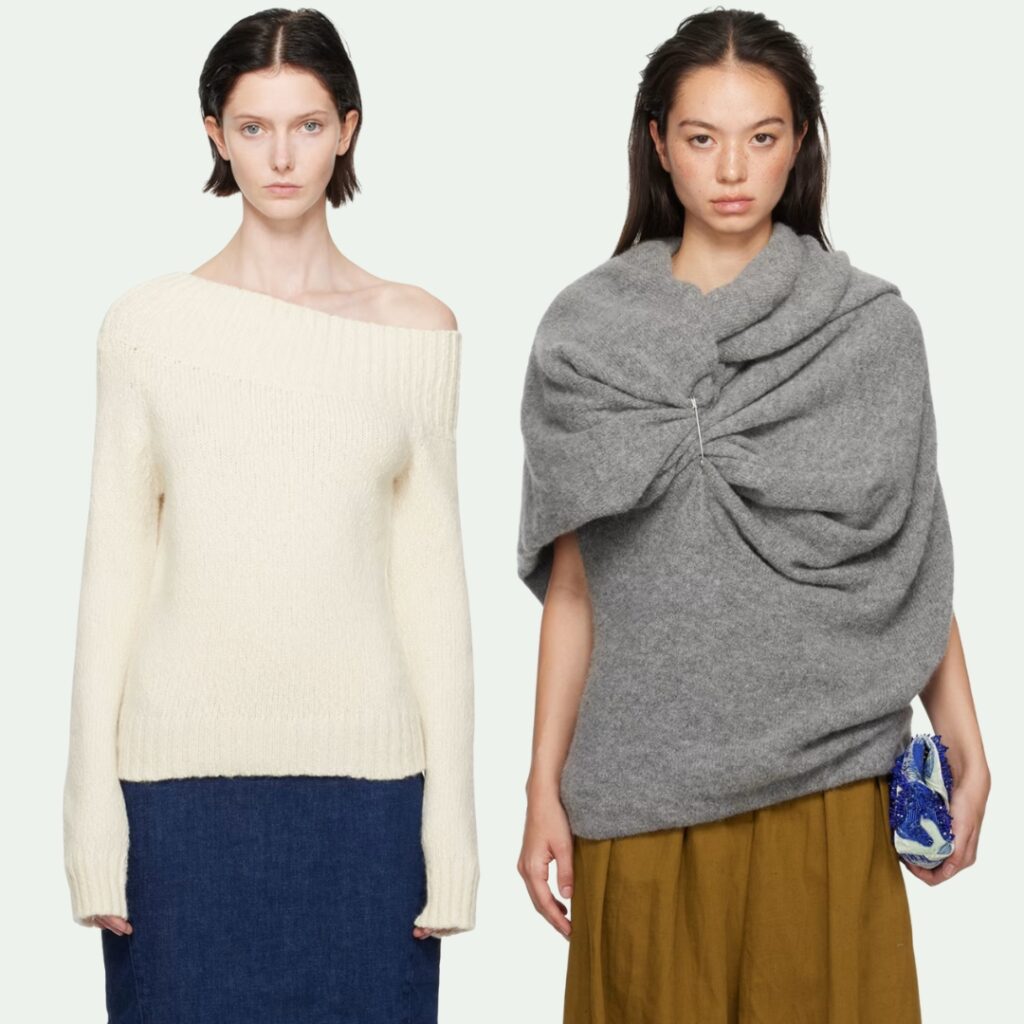
Paloma Wool Pullover and Dries van Noten Alpaca & Merino Sweater
Originally from Spain and now bred mainly in Australia and New Zealand, Merino sheep produce the finest, smoothest wool in the world. It’s soft enough for luxury sweaters yet breathable enough for performance wear.
Merino regulates temperature naturally, resists odour, and is entirely biodegradable, making it one of the most sustainable fibres on Earth.
Why Natural Yarns Matter
At Notorious Mag, we champion natural fibres because they’re better for your skin, your wardrobe, and the planet. Supporting sustainable materials helps small farmers and artisans thrive within fair-trade ecosystems.
Quality over quantity isn’t just a style choice; it’s a lifestyle. A well-made wool jumper lasts for years, needs fewer washes, and rarely goes out of fashion.
So next time you reach for a new knit, remember: your conscious choice can be the small ripple that turns into a wave for sustainable fashion.
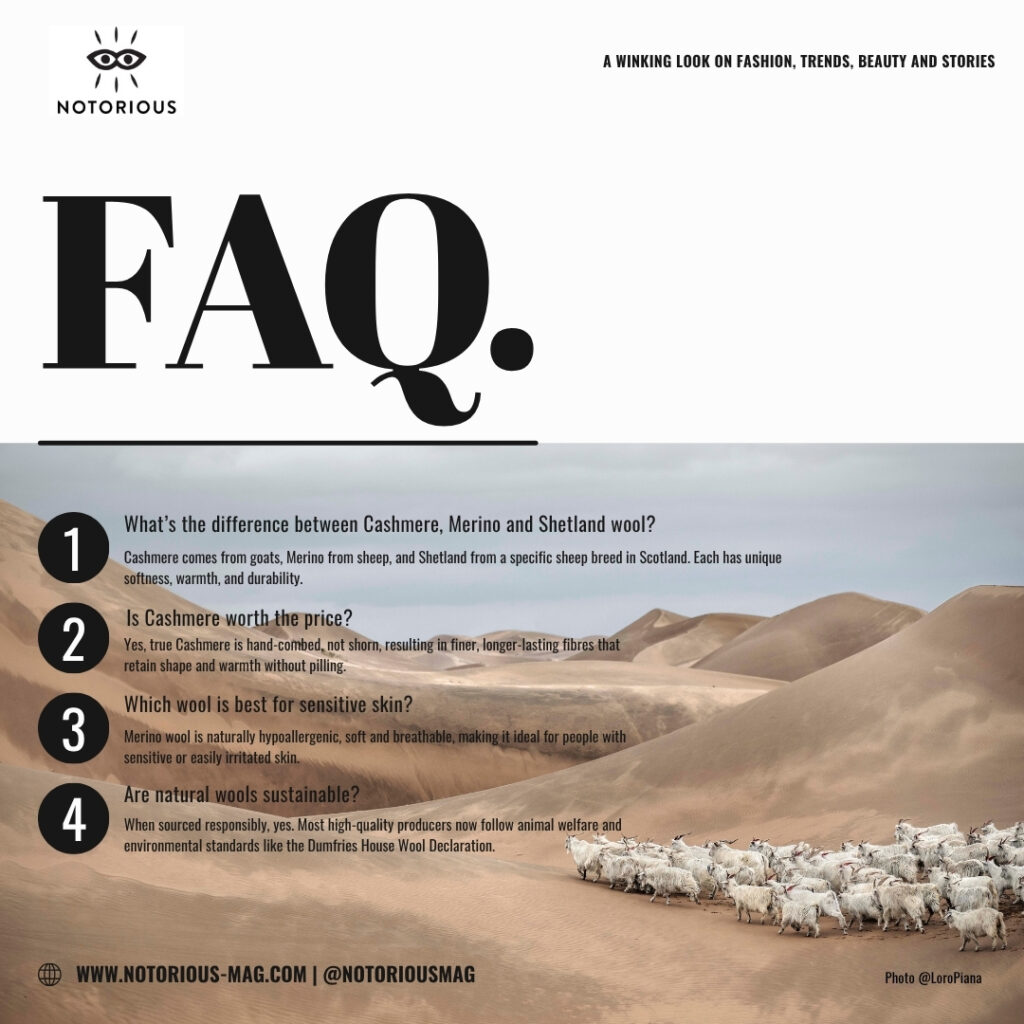
FAQ Graphic featuring cashmere goats from the Mongolian desert. Herders harvest the fibre between March and May, when the climate is milder and the animals tend to naturally lose the soft, warm cashmere undercoat that protected them during the colder months. Photo courtesy @LoroPiana
Feature Image courtesy @COS
SHARE




